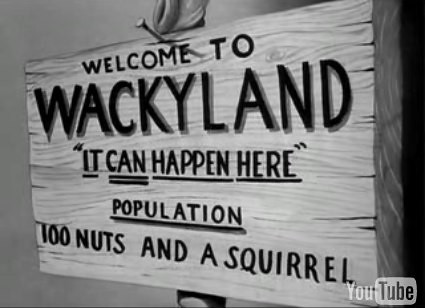ladyscraper
man alive
Just four more days until we get the new census population numbers! I wonder how well the Toronto number will jive with the number on the Ontario website.
hi, Suburban single family house living is suitable for families who only care about the family itself and is not interested in the rest of the world. Household work, the kitchen, the backyard, the front yard is pretty much their whole life. For them, even going out for a movie is sort of major thing.
.
I'm curious to know, does the city have an official policy on population growth? Are we just trying to keep things steady, is there an active interest in making the city much denser, etc?
My understanding is the big ticket to spurring economic and population growth is directly linked to high density transit, (subways, streetcars, rail links) - if thats the case, for the life of me I can't understand why city hall has squashed one transit plan after another. I've always felt that Toronto's potential has been hindered by the allowance of growth in the 905, rather than trying to retain all the growth within (metro toronto) city limits.
I was on the Gardiner the other day and they were hanging a new population sign. I couldn't see it all because some was covered but I think it said 2,730,000. Did anyone else see it?


I'm not sure that taxing 905ers when they enter the 416 is the right approach, but London adopted the downtown zone tariff almost 10 years ago and apparently it's been working well, both decreasing the number of cars in the downtown core and increasing city revenue.
I think a better transportation system connecting the suburbs to downtown Toronto could be a great source of revenue as well. The logistics and infrastructure will definitely need to be analyzed for feasibility in Toronto but the concept works in other cities around the world.
Since you're talking about the Gardiner (which is entirely in-Toronto), I hope you're not talking about something like this

I guess that is just an ad for something? Drake? Is that the musician or the bar?
Since the photo is from October, I guess the guys were cleaning or repairing it.
North York got more intensification, at least that's my impression, but the reason I'm expecting Scarborough to grow more is that there are a few subdivisions around Morningside Heights, Rouge and Port Union that I think were built after 2006. I'm also counting on a bit more of a decrease in household size in North York than Scarborough.Interesting idea! I would not expect Scarborough to grow faster than North York, considering past trends (2001-2006). I think the fastest growth will be in Old Toronto and North York.
North York got more intensification, at least that's my impression, but the reason I'm expecting Scarborough to grow more is that there are a few subdivisions around Morningside Heights, Rouge and Port Union that I think were built after 2006. I'm also counting on a bit more of a decrease in household size in North York than Scarborough.
The city should have been allowed to intensify way more before allowing growth and development to take place in the 905 north of steeles




